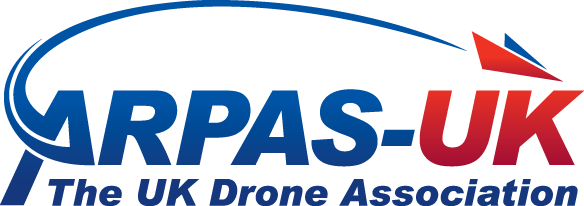The Intel Falcon 8+ drone conducts a visual inspection of the Daniel Carter Beard Bridge in Cincinnati. In partnership with the Kentucky Transportation Cabinet and Michael Baker International, Intel used its drone technology to help inspect and analyze the eight-lane interstate across the Ohio River. (Credit: Intel Corporation)
Using drones to inspect the Daniel Carter Beard Bridge
Infrastructure inspections can be time-consuming, dangerous and costly. When the infrastructure in question is an 8-lane bridge carrying the interstate across the Ohio River, perillous working conditions and practical challenges are a given.
In a recently published case study, Intel outline how they, in partnership with engineers at Michel Baker International, used drones during a recent inspection of the Daniel Carter Beard Bridge.
Exceptional access and efficiency
Last year, Alicia McConnell, Professional Engineer and UAS Operations Lead at Michael Baker International, led a team that conducted an inspection of the bridge. The team relied upon both traditional methods and Intel’s Falcon 8+ drone.
The hardware was used alongside Intel’s Mission Control flight planning software, in a combination that saved time, money and enabled a safer and more accurate inspection process.
“The value that all the Intel products – flight planning, the actual drone system, and Intel Insight Platform – is far exceeding anything that we have used previously,” says McConnell. “It’s a value that we can’t really replace or put a value on.”
Typically, bridge inspections are carried out with teams of brave engineers using rope access and confined space access techniques. Data is often captured by hand through drawings, photos and sketches. The process can be unreliable, difficult to repeat in order to effectively monitor progress, and inefficient to communicate.
There are also the practical challenges that come with inspecting vital infrastructure that’s in use every day.
“We have a lot of restrictions, especially with traffic – we are not allowed to close lanes very often,” says Jennifer Wells, State Bridge Inspector at the Minnesota Department of Transportation.
“We noticed that inspectors weren’t getting up close to elements that they needed to see in order to get accurate data. Because of that, when it came time to rehabilitate a bridge, the inspection data wasn’t accurate. The cost of the project would go up because fixes had to be incorporated that weren’t anticipated.”
Intel wants to power the workflow of the future
In the case study, Anil Nanduri, Vice President, GM Drone Group at Intel, expands on the company’s future vision and outlines how Intel will serve ‘data-centric’ businesses with drones and smart software.

